Have you ever wondered, “What is Shakyo?” Shakyo is a traditional Japanese Buddhist practice of copying sutras by hand, one character at a time. It’s a deeply meditative activity that helps calm the mind and improve focus. Today, it’s gaining popularity not only as a spiritual practice but also as a relaxing and meaningful way to spend time.
In this article, we’ll explore the history and purpose of Shakyo, as well as recommend a beginner-friendly sutra. By the end, you might feel inspired to pick up a pen (or brush!) and give Shakyo a try.
The History of Shakyo
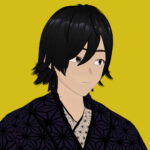
I’ve never tried Shakyo in my life.
But I’m interested in it!

I used to do Shakyo.
Today let’s learn about it!
The Origins of Shakyo in Japan

The origins of Shakyo in Japan date back to the Nara Period (710–794). According to the historical text Nihon Shoki, Emperor Tenmu organized the transcription of a complete set of Buddhist scriptures, called the “Issaikyo,” at Kawahara Temple in 673 AD. This marks the first recorded instance of Shakyo in Japan.
At the time, Shakyo was primarily practiced to spread Buddhist teachings and to dedicate the scriptures to temples as a form of offering.
Shakyo in the Heian Period and Beyond
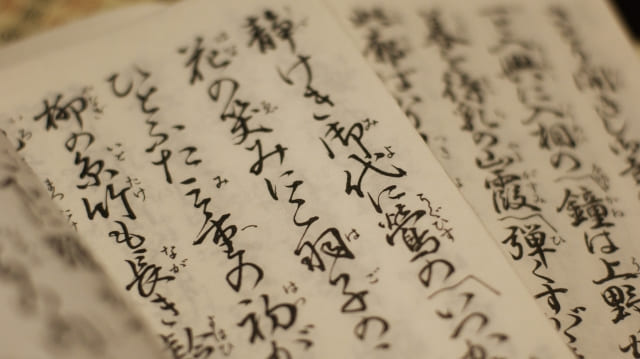
By the Heian Period (794–1185), Shakyo became a personal practice, often performed as part of spiritual training or to pray for health and peace. It was believed that copying sutras helped accumulate merit and bring blessings to oneself and one’s family.
The Purpose of Shakyo Today
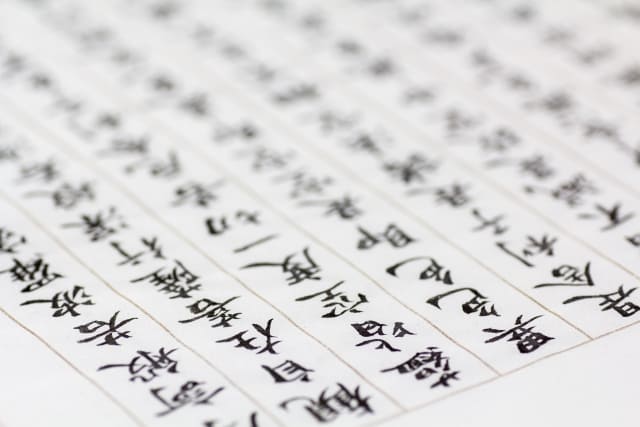
In modern times, Shakyo is no longer limited to religious purposes. Many people engage in it for its meditative and therapeutic effects:
- To Clear the Mind: The act of copying each character with care can help clear away daily stress and distractions.
- To Achieve Inner Peace: Writing at a slow, steady pace resembles a meditative state, helping to calm the mind.
- To Pray for Health and Happiness: Shakyo can still be performed as a spiritual offering, often dedicated to loved ones or oneself.

In my case, I was doing Shakyo to clean my mind.
It was my meditation!!
Shakyo is accessible to everyone, regardless of age or experience. Many temples also offer guided Shakyo sessions, making it a great activity for travelers.
A Beginner-Friendly Sutra

I don’t know which Sutra I should use!!

I recommend you “Hannya Shingo”!
The Heart Sutra (Hannya Shingyo)
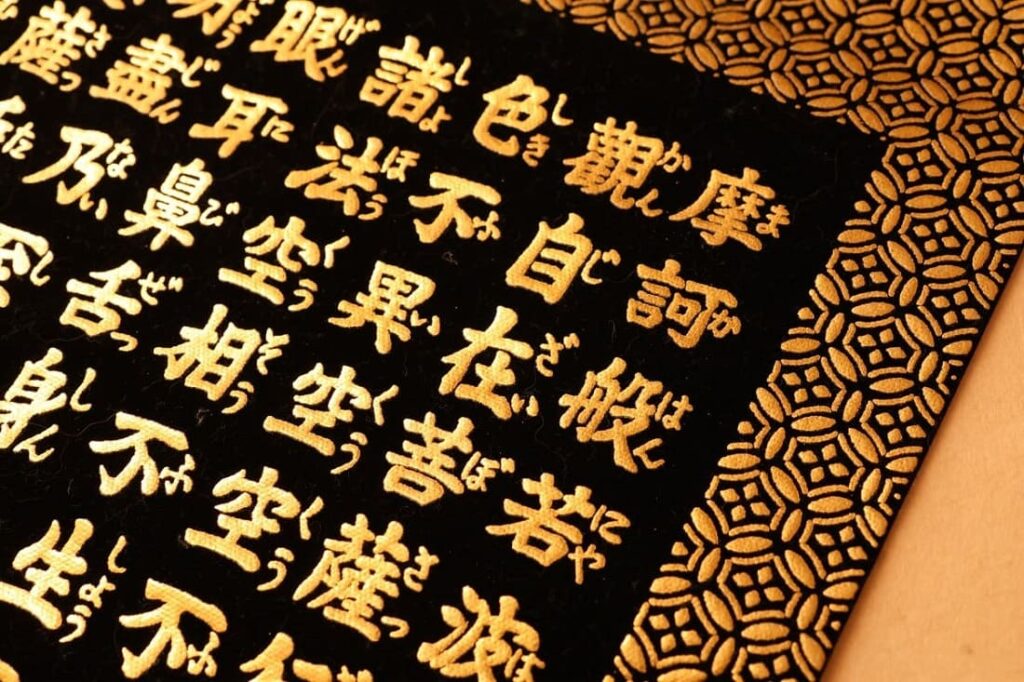
For beginners, the Heart Sutra (Hannya Shingyo) is highly recommended. This short and concise sutra encapsulates key Buddhist teachings in just 260 characters. It takes approximately one hour to copy, making it an ideal choice for first-timers.
Shakyo Practice Made Easy
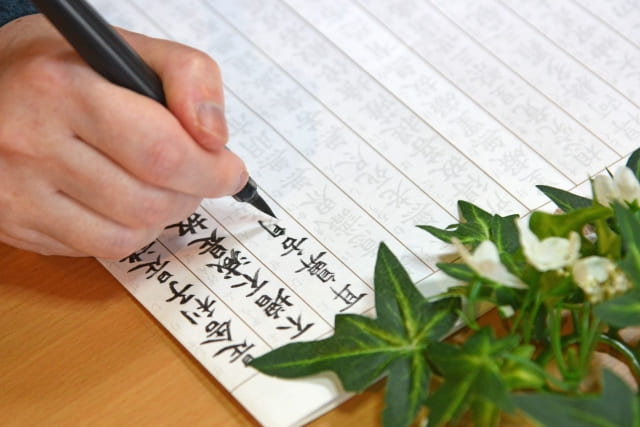
For those new to Shakyo, pre-printed tracing sheets are widely available. These sheets have faint outlines of the sutra text, allowing beginners to trace the characters without worrying about accuracy. You can find these practice notebooks at stationery stores, Buddhist goods shops, and online retailers.
Shakyo Q&A
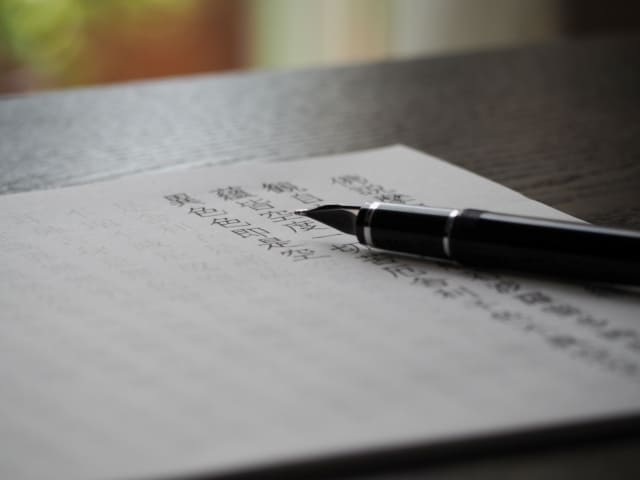
- QWhere can I try Shakyo?
- A
Many temples across Japan offer Shakyo experiences. Popular locations include Kyoto’s Kiyomizu Temple and Nara’s Todai-ji Temple. Be sure to check their websites or call ahead to confirm availability and reservation requirements. Also, please check the article below if you are interested in staying at temples.
- QCan I do Shakyo with a pencil or pen?
- A
While Shakyo is traditionally done with a brush and ink, using a pencil or ballpoint pen is perfectly fine! This makes the practice more accessible for beginners who may not be comfortable with calligraphy. The most important thing is the intention and focus you bring to the activity.
Conclusion
Shakyo is a timeless practice deeply rooted in Japan’s Buddhist traditions. Whether you’re looking for a way to clear your mind, pray for well-being, or simply experience something new, Shakyo offers a meaningful way to engage with Japanese culture.
If you’re new to Shakyo, start with the Heart Sutra and consider using tracing sheets for a stress-free experience. Next time you visit a temple, why not try Shakyo and immerse yourself in its meditative beauty?

If you are interested in Japanese culture, you may love these games!
Let’s play!

Yes! Let’s play!

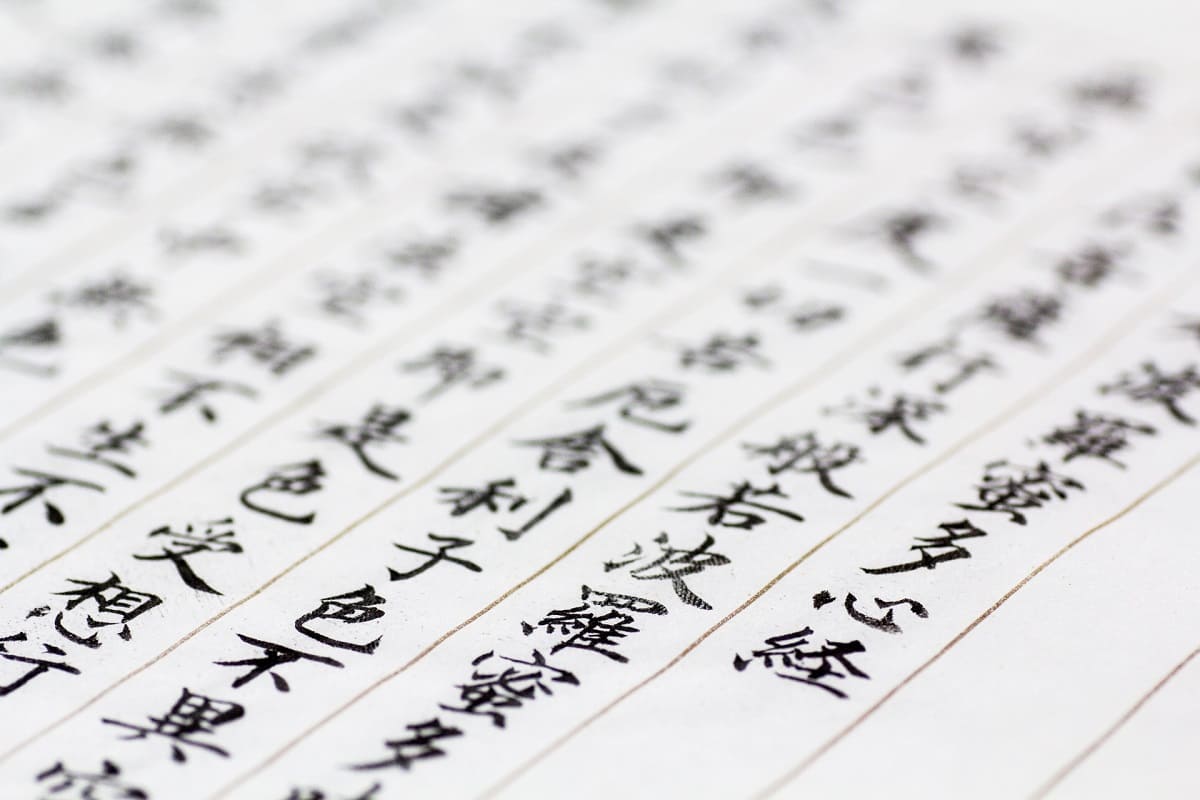
![[商品価格に関しましては、リンクが作成された時点と現時点で情報が変更されている場合がございます。] [商品価格に関しましては、リンクが作成された時点と現時点で情報が変更されている場合がございます。]](https://hbb.afl.rakuten.co.jp/hgb/43b76cc9.e462a799.43b76cca.9ca5c6d9/?me_id=1333044&item_id=10000583&pc=https%3A%2F%2Fthumbnail.image.rakuten.co.jp%2F%400_mall%2Fnishi--bunmeido%2Fcabinet%2Fcompass1659919995.jpg%3F_ex%3D240x240&s=240x240&t=picttext)


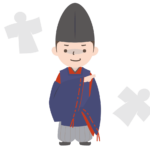
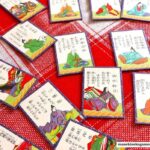
Comments